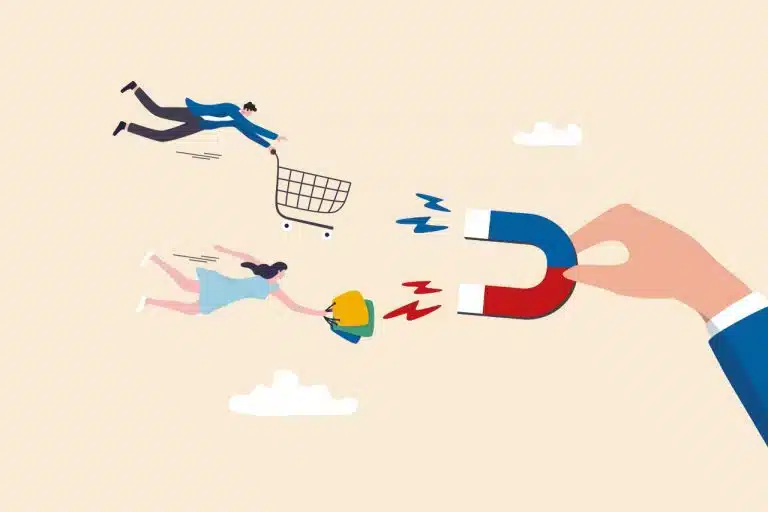Customer satisfaction: the basis for success
Customer satisfaction is the foundation of every successful customer relationship.
It arises when the customer’s expectations are met or ideally exceeded.
Satisfied customers tend to be more loyal, speak more positively about the company and are willing to buy again.

Factors of customer satisfaction:
- Factor: Quality of products or services
Products that fulfill their purpose and are convincing in the long term contribute significantly to satisfaction. - Factor: Customer experience
A simple, pleasant and transparent purchasing process strengthens the customer relationship. - Factor: Customer service
Friendly, competent and fast support in the event of problems leaves a positive impression. - Factor: Value for money
Customers want to feel that the quality offered justifies the price.
Customer satisfaction is often measured using surveys, feedback forms or Net Promoter Scores (NPS).
These enable companies to identify weak points and implement targeted improvements.
Customer retention: More than just satisfaction
Customer retention goes beyond mere satisfaction and aims to build a long-term relationship.
It is about the customer’s willingness to remain loyal to a company despite alternatives.
Customer retention is a key indicator of a company’s success, as returning customers often generate higher sales and are more cost-efficient than acquiring new customers.

Forms of customer retention:
- From: Emotional retention
Customers identify with the brand and feel emotionally connected to it. - Form: Rational retention
Customers remain loyal because they receive good value for money or special benefits. - Form: Convenience
Customers appreciate easy access to products or services and remain loyal for practical reasons.
Connection between customer satisfaction and customer rentention
Satisfaction is a basic prerequisite for retention, but not a guarantee.
Satisfied customers can still switch to competitors if they offer more attractive products.
Customer retention therefore requires additional measures that go beyond the mere fulfillment of expectations.
Emotional loyalty, exclusive added value and an exceptional customer experience are crucial to turning satisfied customers into loyal regular customers.
Strategies for promoting customer satisfaction and customer retention
1. Customer centricity as a guiding principle
Customer needs should always be at the center of all company decisions.
2. Outstanding customer service
Fast response times and empathetic solutions are a must.
3. Loyalty programs
Bonus points, discounts or exclusive benefits promote loyalty.

4. Personalized experiences
Individual offers and tailored communication create a personal connection.
5. Regular communication
Newsletters, social media interactions and regular feedback maintain contact.
6. Complaint management
Solving problems quickly and in a customer-oriented manner strengthens trust and shows commitment.

Conclusion
Customer satisfaction and customer retention are two sides of the same coin.
While satisfaction forms the foundation, retention ensures the long-term success of a company.
Only through a combination of high-quality products, excellent service and targeted retention measures can companies not only inspire their customers, but also retain them in the long term.
Ultimately, a strong customer relationship not only leads to recurring sales, but also to a positive brand perception that makes the company future-proof.
Satisfied and loyal customers are therefore the most important competitive advantage in a highly competitive market.
More about Customer Satisfaction
- Everything you need to know about customer satisfaction
- 8 methods for analyzing customer satisfaction
- How to prioritize customer satisfaction measures
- 8 (atypical) measures to improve customer satisfaction
- Proving customer satisfaction with key performance indicators
- 8 reasons why increasing customer satisfaction doesn’t work!
- How you can measure the level of customer satisfaction
- Customer Satisfaction and Customer Loyalty: correlation and differences
- The most common questions in the area of customer satisfaction





